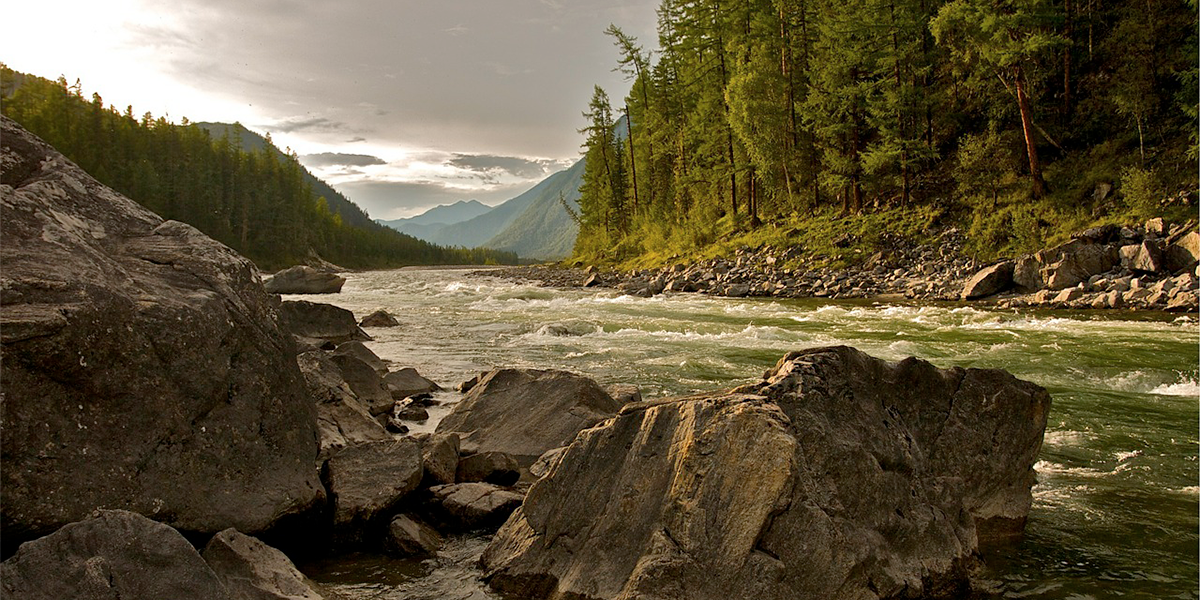It’s World Water Day! At Environmental Incentives, we feel like every day is water day – between our office with views of Lake Tahoe, our water-loving staff who are swimmers, rowers, and snow enthusiasts, and of course, our work. From water quality and quantity to water access and sanitation to riverine and wetland habitats – water touches nearly everything we do.
Water plays an especially large role in our work across the western U.S, where there is either too much or not enough of this vital resource. Here are the top stories we’re reading this World Water Day and what they mean for the communities and ecosystems that rely on water for survival.
Drought-free California
For the first time since 2011, the entirety of California is drought-free. This is due to the massive snowstorms and the atmospheric river that pummeled the state this winter, leading to 156% of average snowpack. This is good news for thirsty California, but where will all this water go? Into the reservoirs, rivers, canals, and bypasses built and maintained by the State Water Project and Department of Water Resources. Big water years put a strain on all the infrastructure that controls the flows of water, and when that infrastructure fails it poses a real danger to communities and economies. Our work with Environmental Defense Fund and agencies in the Central Valley is helping reduce barriers to maintaining the levees and other water infrastructure that protect both communities downstream and the wildlife that depend on water availability and functional floodplain habitat.
Colorado River Deal
This week, seven western states came to an agreement on a Colorado River deal. This has taken years of negotiations between the states that rely on the ever-diminishing supply of water from the Colorado River. This agreement was put into place to avoid the federal regulations that would go into effect if the water level in Lake Mead (a critical reservoir on the lower Colorado) dropped below a certain level. We have seen firsthand the power of regulatory drivers to motivate behavior and are hopeful that this compromise can lead to increased water efficiencies across the West. This story is not over. The Salton Sea, for example, is a critical habitat for migratory birds fed by the Colorado River – and it’s complicated water needs were not addressed in this agreement. Additionally, more work needs to be done to ensure there are appropriate water resources for Mexico, whose people and species also rely on the Colorado River for survival.
———
This World Water Day, and every day, we’re celebrating water for all. That means sustainable programs that have the capacity, funding, and interest to ensure water is used and distributed efficiently. It means strong policies that ensure clean water for communities and species. And above all, it requires water enthusiasts willing to work hard to protect the resources that all humans and landscapes depend on.
About the Author
Kristen Boysen is an Associate with Environmental Incentives and supports habitat and infrastructure work in California. Kristen focuses on creating new opportunities to align human and natural systems to improve conservation and sustainable land use.



